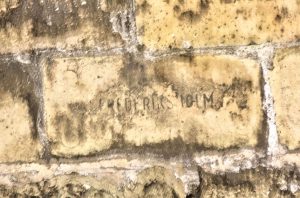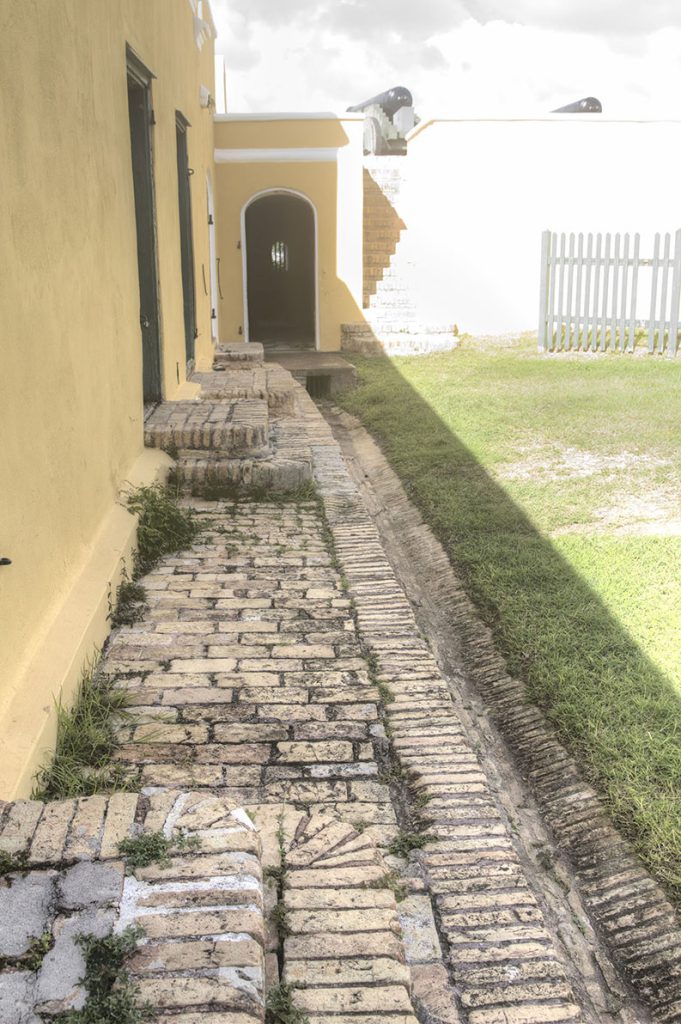The bricks we encounter in this region, whether as residents or visitors, serve a multitude of purposes, adorning walls, walkways, gutters, storm drains, and even sugar windmills. These bricks exhibit a vibrant array of hues ranging from light yellow to deep red. Their prevalence in the area can be traced back to the historical sea trade with Denmark during the era when “Sugar is King,” where they were initially utilized as ballast.
Denmark engaged in extensive trade with the Caribbean through the Danish West Indian Guinea Company. They transported various commodities like rye, barley, wheat, beer, furniture, and machinery to St. Croix. However, the trade imbalance resulted in the return shipment predominantly consisting of sugar, rum, and molasses. To properly balance the ships for their return journey, ballast bricks were loaded and later offloaded upon reaching St. Croix to accommodate the incoming goods. While commonly referred to as ballast bricks, they are more accurately known as Flensburg bricks.
Until 1747, the Danish West Indian Guinea Company held a monopoly on all trade activities between Denmark and the West Indies. The bustling port of Flensburg served as a key hub for one of the largest Danish trading fleets, nestled in the picturesque Flensburg Fjord. Situated in Schleswig-Holstein, Flensburg stands as Germany’s northernmost city, located just under 10km from the Danish border. The city shares its scenic fjord with Denmark and was under Danish rule from 1460 to 1864.
The distinctive colorful bricks we observe today were meticulously crafted by hand in Flensburg using age-old techniques passed down through generations. These bricks are renowned for their irregular shapes and rustic charm, owing to the unique clay indigenous to this German region. Enriched with iron oxide, the clay imparts a striking yellow to reddish-brown hue to the bricks. The manufacturing process involves molding the clay into bricks that are then fired in kilns at high temperatures, resulting in a robust and enduring construction material. Flensburg bricks are esteemed for their superior quality and resilience against the elements, making them a favored choice for construction projects across northern Europe.
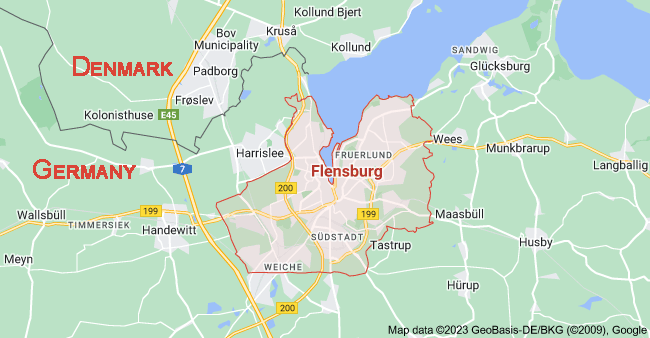
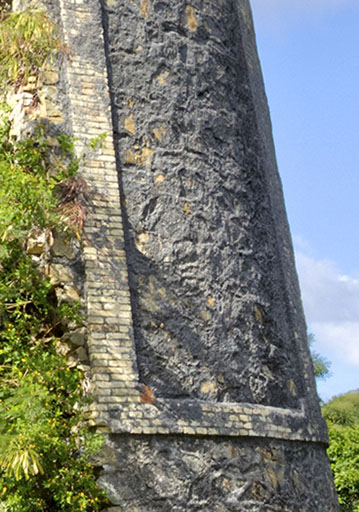
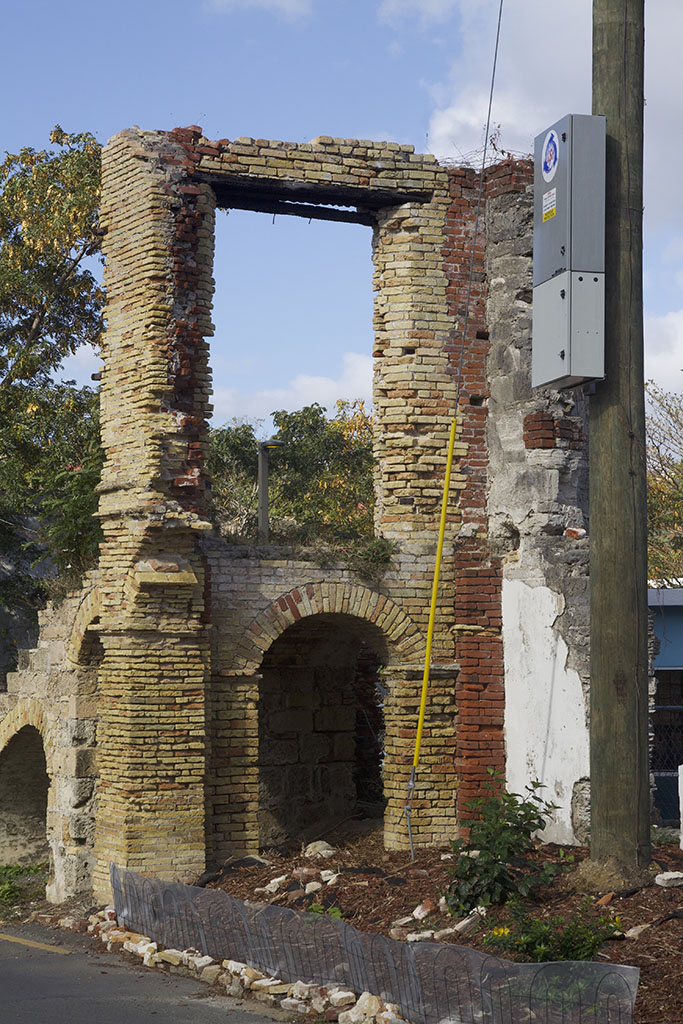
Although the majority of the bricks we encounter are Flensburg brick, not all of them fit this description. This distinction is evident at Fort Christiansvaern, where the bricks were produced in Frederiksholm, a region within central Copenhagen. The name “Frederiksholm” dates back to 1667-68, a time when extensive land reclamation and drainage projects were undertaken along the Danish coast. This area is renowned for its brickyards and the quality of bricks produced there.
